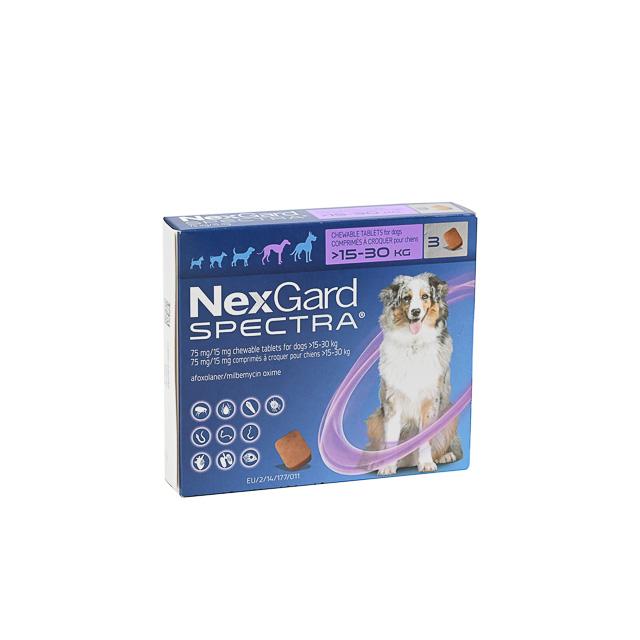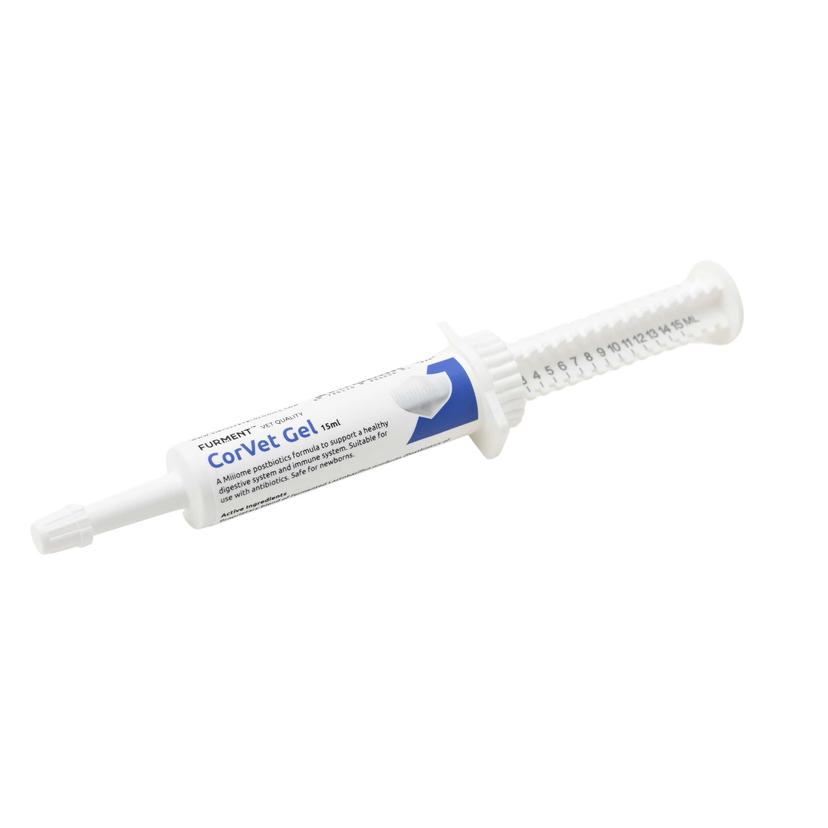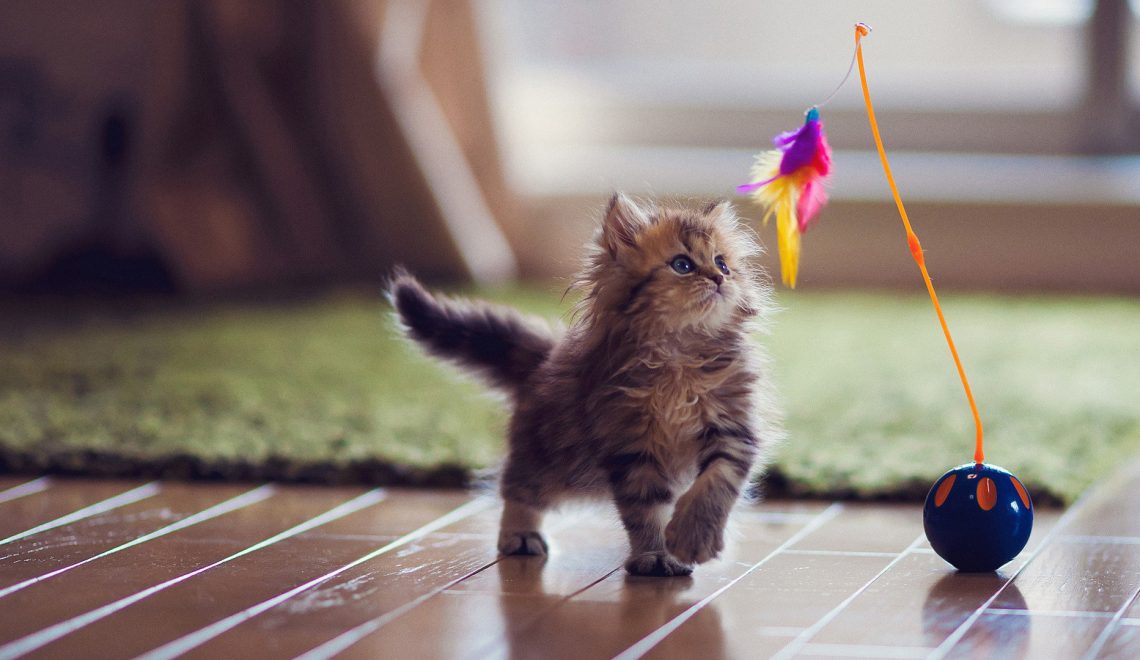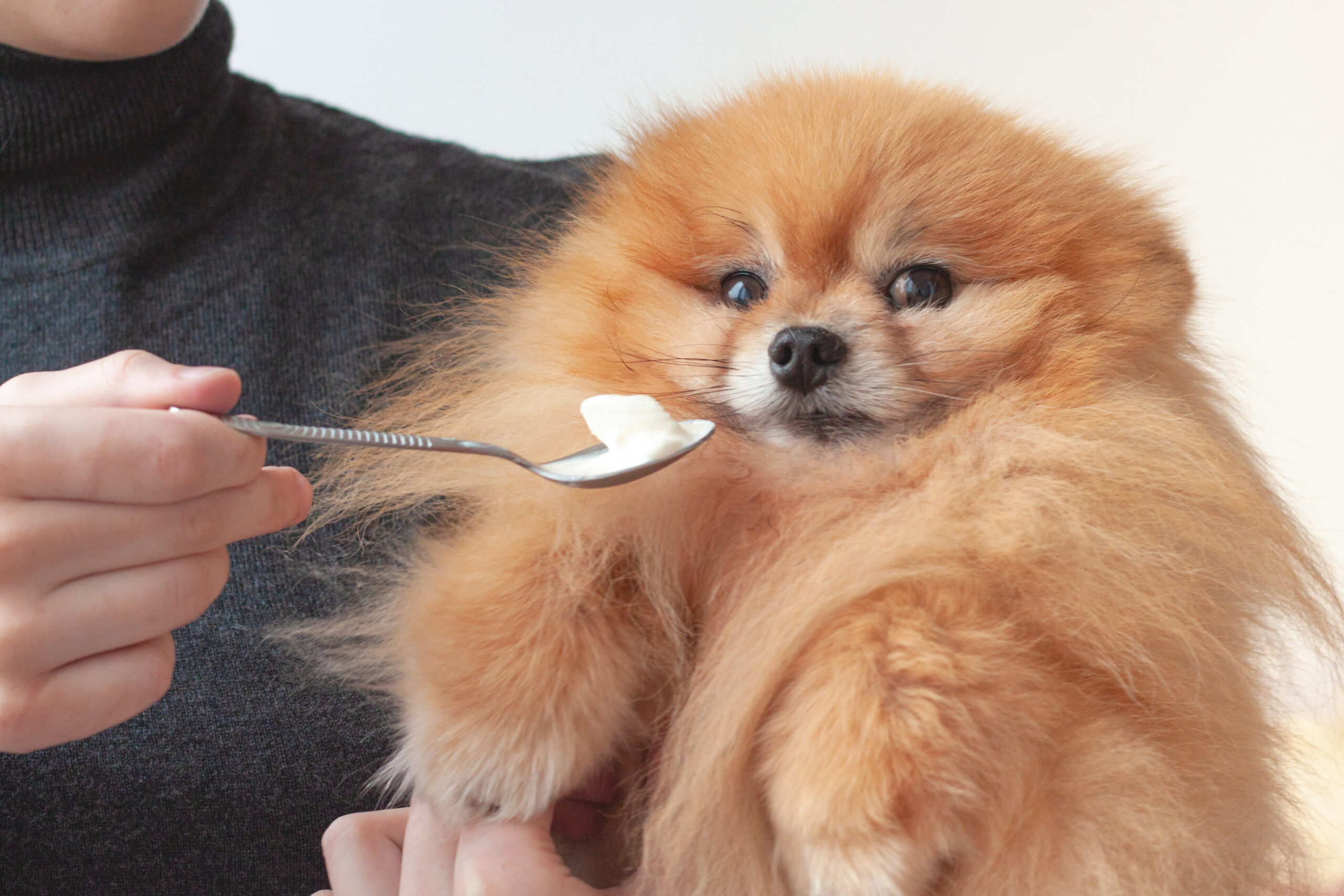What is “Making Biscuits”?
In the fun world of cats, there’s this adorable thing they do called “making biscuits.” It’s like their own special way of kneading, and what makes it even more amusing is that they can do it on just about anything – your bed, the couch, you name it!
Cat owners, who know how quirky their feline friends can be, find themselves both puzzled and entertained by these unexpected baking sessions. Cats seem to pick the silliest places to show off their “culinary” skills, turning any surface into their personal bakery.
This cute behaviour has become so popular that people are joining in on the fun. Some cat lovers have even gone as far as making pillows shaped like pastries to celebrate their furry friends’ baking adventures. It’s a funny and sweet way of adding a bit of cat-inspired decoration to their homes.
Why do Cats “Make Biscuits”?
1. Nurturing Instincts from Kittenhood
Kneading is a behaviour deeply rooted in a cat’s early days, where the rhythmic motion of pushing against their mother’s belly was a comforting ritual during nursing. This habit often persists into adulthood, providing them with a sense of reassurance and familiarity. Essentially, when your cat makes biscuits on your lap, it’s a throwback to those cosy kitten moments.
2. Scent Marking and Territory Assertion
Cats have a unique way of claiming their favourite spots – through kneading. This action isn’t just about comfort; it’s a subtle form of communication. The scent glands in their paws leave behind pheromones, marking the territory as their own. So, when you see your cat kneading their favourite blanket, they’re not just getting comfy; they’re declaring, “This space is mine!”
3. Relaxation and Contentment
Kneading isn’t just a physical activity; it’s a relaxation technique for cats. The rhythmic paw movement, whether on your lap or a soft surface, induces a sense of calm. Furthermore, it triggers the release of endorphins, contributing to an overall feeling of well-being. So, when your feline friend is making biscuits, they’re essentially treating themselves to a therapeutic session of relaxation.

Should You Encourage Your Cat To Knead?
Encouraging your cat to knead can be a delightful bonding experience. It often signifies that your feline friend feels safe and secure in your presence. Providing a soft blanket or your lap for your cat to knead can strengthen the emotional connection between you and your pet. Gentle pets and soothing words can further enhance this positive interaction!
Here are some ways to create a safe environment for your cat to knead involves considering their comfort and minimising potential hazards!

1. Soft Surfaces
Offer soft and comfortable surfaces for your cat to knead, such as a cosy blanket or a designated cat bed. This ensures a pleasant experience for them and prevents any potential injuries or discomfort.
2. Provide a Relaxing Space
Create a secure and quiet space where your cat can knead without disturbances. Cats often prefer to knead when they feel relaxed and content, so giving them a peaceful environment encourages this natural behaviour.
To create an even more soothing atmosphere, particularly cats experiencing anxiety, consider using the Feliway Diffuser.
3. Regular Grooming
Keep your cat’s nails trimmed to avoid accidental scratches during kneading. This not only protects you but also ensures that your cat’s claws don’t get caught in fabrics or surfaces.
What If Kneading Becomes Problematic?
While kneading is generally harmless and even beneficial for your cat’s well-being, there are instances where it may become problematic.
1. Aggressive Kneading
If your cat’s kneading becomes too vigorous and is accompanied by biting or aggressive behaviour, it might be necessary to intervene. This could indicate overstimulation or discomfort.
2. Scratching Furniture
If your cat’s kneading involves scratching furniture or surfaces, it can lead to damage. To redirect this behaviour, provide alternative surfaces such as pet-friendly furniture, such as scratching posts, to satisfy their natural instincts.
3. Underlying Health Issues
Occasionally, excessive kneading might be a sign of an underlying health issue, such as pain or discomfort. If you notice any changes in your cat’s behaviour, it’s essential to consult with a veterinarian to rule out potential health concerns.
Understanding Goes Beyond
Understanding why cats knead reveals the tender essence of their instincts. Embracing this behaviour fosters a special bond between you and your feline companion, adding warmth to your relationship. Yet, it’s important to remain attentive to signs of discomfort or aggression. By navigating the world of cat kneading with care, you cultivate a heartwarming connection with your cherished furry friend.
If you notice anything unusual or concerning in your cat’s behaviour, don’t hesitate to have a quick teleconsultation with our vet, or make a visit down to our clinic.














